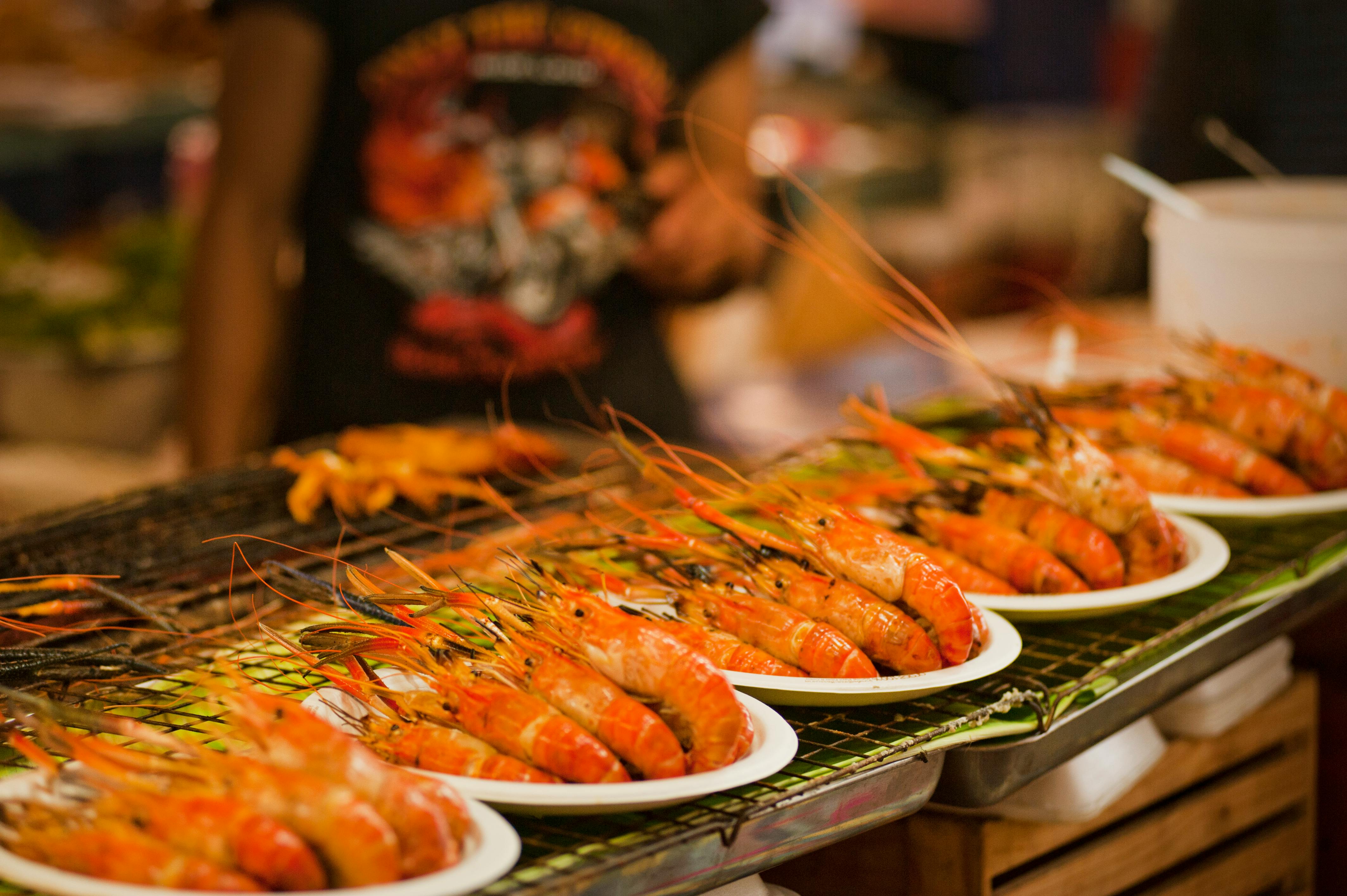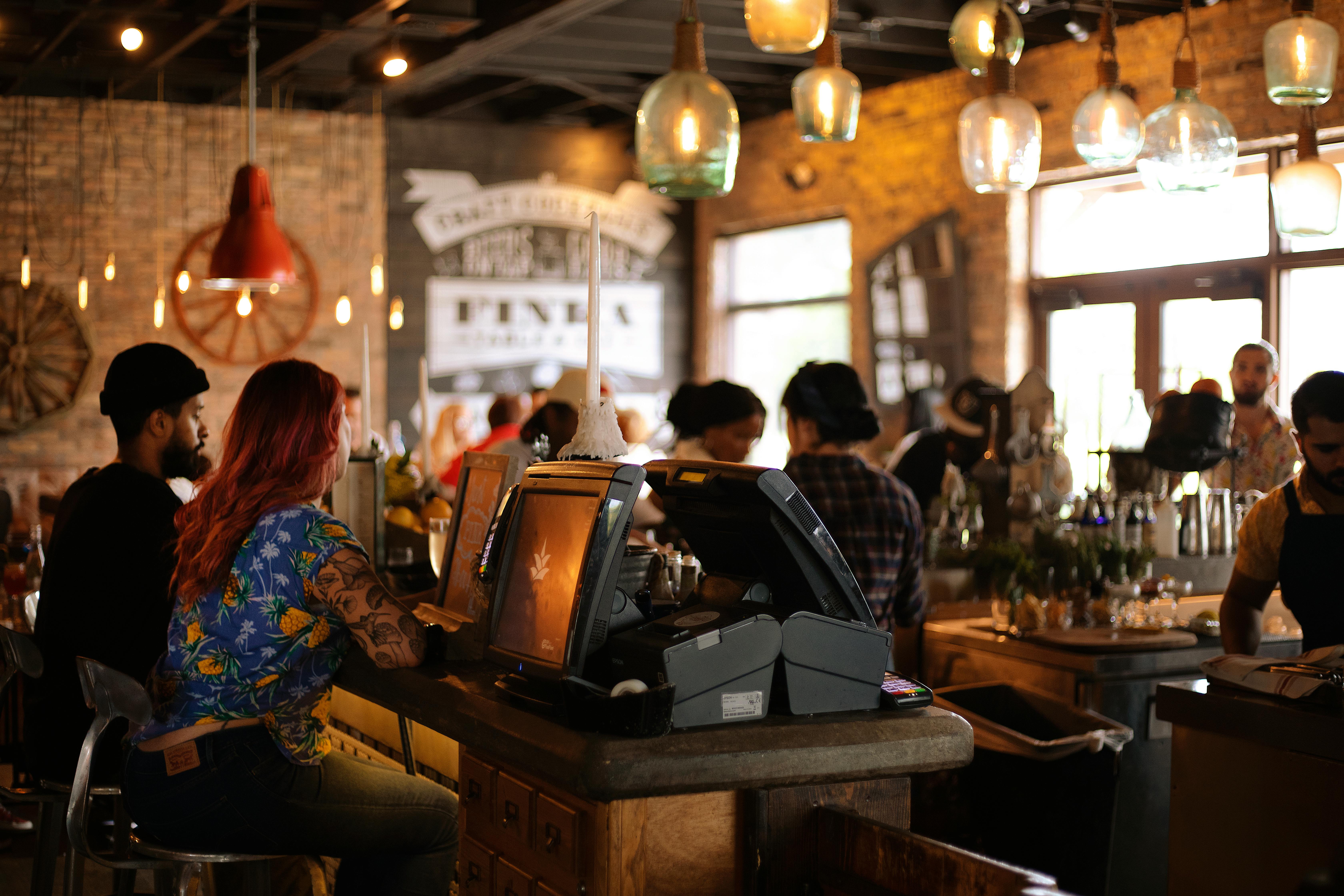Case Study
The Full House Illusion: Why K. Seafood House Almost Collapsed at Its Peak

When K. Seafood House first opened, it was the kind of place people raved about. Cars
spilled into the street, queues formed outside, and on some nights the buzz caused traffic
jams. From the outside, it was the image of success. Inside, receipts reached up to 8 billion
rupiah a month.
But six months later, the story had shifted. Tables that were once overflowing sat half-
empty. Customers who used to wait in line now drove past. Sales dropped by 40%, then
50%, then nearly 80%.
How could a restaurant that looked so unstoppable suddenly be on the brink of shutting
down?
The answer was hidden in plain sight: the numbers.
Behind the full dining room were fixed costs that never shrank: a 5-year rental commitment,
a massive seafood kitchen build-out, high labor, aquariums, utilities. Even when sales
collapsed, those costs remained. And the break-even point was brutal — K. Seafood House
needed at least 2.7 billion in monthly sales just to survive.
At first, that target seemed easy. But once traffic shifted, every day was a loss.
This is the illusion that traps so many operators: a full house doesn’t mean a profitable
house
Instead of giving up, the owners decided to rebuild their growth engine. Not through hype or discounts, but through system.
They began with data acquisition — capturing not just the paymaster’s details, but every diner at the table. From there, they built out structured activation campaigns to drive new spending, referral programs that turned diners into ambassadors, and booster strategies that filled non-peak hours and nudged table bills higher.
The system worked like a cycle: Data → Activation → Referral → Upsell → New Data → New Activation.
Within months, the restaurant had transformed. What looked like a collapse became a platform for sustainable growth.
K. Seafood House’s story is not unique. Every F&B business faces the same hidden trap. They assume loyalty matters, when in reality loyalty is meaningless without data. They believe traffic equals survival, when survival depends on engineering spend across multiple loops and multi-layers.
The true shift is moving from “hoping for loyalty” to building a perpetual growth engine.


